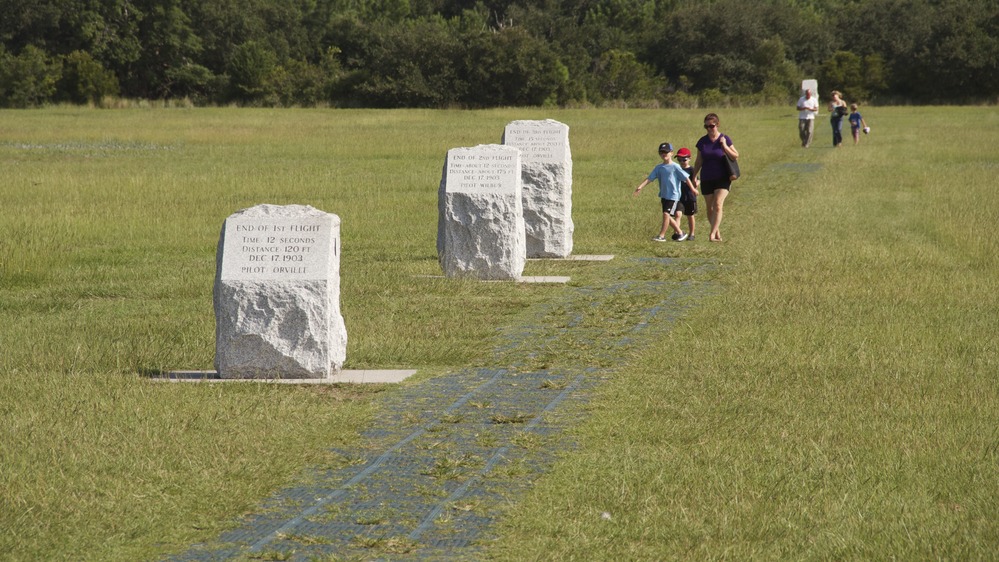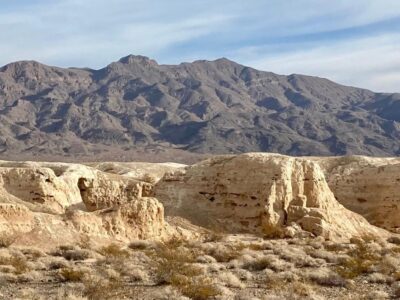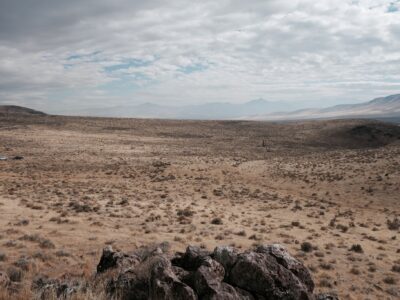Few regions east of the Mississippi contain as wide a swath of natural diversity as the great state of North Carolina.
From the eastern ranges of the Smoky Mountains on its western border with Tennessee to the Outer Banks of the chilly Atlantic on its east coast, the “Tarheel State” has a little bit of everything for its citizens and visitors alike.
As one of the 13 original colonies, North Carolina boasts a history as storied and vital to the United States as any of its contemporaries.
It played an essential role in the American War for Independence and the American Civil War, and it was a hub of sea trade and a home of invention in the early 20th century.
Add to this that there is evidence of Indigenous inhabitants in what is now present-day North Carolina dating back more than 10,000 years, and one can easily see that North Carolina’s history is an important story to preserve and tell for generations to come.
Thankfully, many of these stories and hallowed locales in the 12th state in the Union are preserved within its contributions to the U.S. National Monuments.
Read to learn more about these historic spots!
Wright Brothers National Memorial: Most school children across the U.S. learn the story of Orville and Wilbur Wright and their famed first flight at Kitty Hawk, North Carolina. However, young and old alike can experience the wonder of those early days of aviation at the Wright Brothers National Memorial in Manteo, North Carolina. Visitors can view exhibits and visit the very site where the Wright Brothers’ invention first took flight and changed the world. The grounds even have a “please touch” sculpture of the first flight that visitors are welcome to explore. This National Monument should be included on anyone’s list interested in history, invention, and early 20th-century innovation.
Photo Courtesy NPS
Cape Hatteras Light Station: North Carolina is home to some of the most picturesque shorelines on the eastern seaboard, but this monument protects the legacy of a more dangerous sort. The Cape Hatteras Light Station is an iconic lighthouse that watches over the “Graveyard of the Atlantic,” a harrowing section off the Atlantic coast that has seen hundreds if not thousands of shipwrecks over the decades. Commissioned in its present form in 1870, the Cape Hatteras Light Station was a beacon of hope and safety in a tumultuous area for scores of ships and sailors. Today, visitors can climb the winding steps of the lighthouse itself and gaze out at the endless Atlantic. Other activities include fishing, swimming, or taking in one of the many exhibits on the ground of this incredible memorial!
Photo Courtesy NPS
Reed Gold Mine: This monument being in North Carolina might surprise some. The Reed Gold Mine, located near Locust, North Carolina, is believed to be one of the first gold discoveries in the U.S.! Gold mining was once second only to farming as far as lucrative endeavors go in this part of the country. North Carolina was the hub of this enterprise until the great “gold rush” of 1848 sent would-be gold barons west to California. Today, visitors can still pan for gold or enjoy one of the many hiking trails on the grounds. This site is a truly unique destination!
Photo Courtesy Reed Gold Mine State Historic Site





